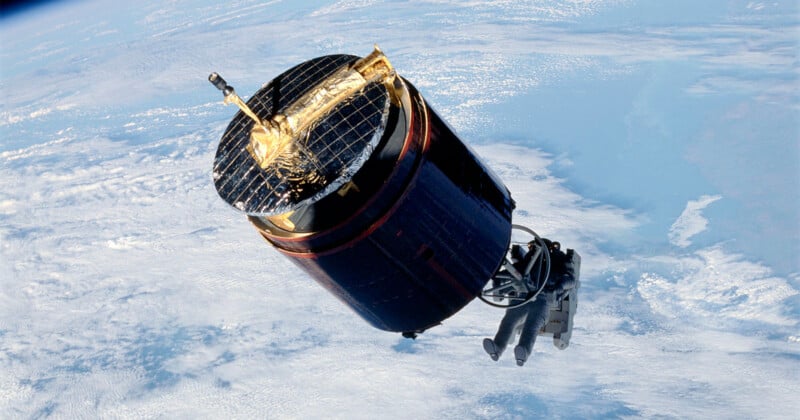The world is racing against time to transition from greenhouse gas producing energy sources to carbon free ones, such as nuclear plants, hydroelectric power, or solar and wind farms. Wind turbines and solar panels have become the main focus, facing mis- and disinformation campaigns. Alan Anderson from the law firm of Polsinelli believes that factual information backed by science and engineering is crucial when countering arguments against wind and solar energy.
A recent example was seen in Madison County, Ohio, where a proposed Oak Run solar farm faced objections from local residents over concerns about the impact on prime farmland and bird population. Similar scenes occur across America, raising objections based on both opinion and false information.
One of the common concerns is the impact of wind turbines on birds and bats. While wind turbines can cause harm to certain bird and bat species, the impact is less severe compared to other sources such as buildings and outdoor cats. Additionally, climate change poses a more significant threat to bird species, with the National Audubon Society estimating that as many as two-thirds of North American bird species are at risk of extinction due to habitat changes caused by global warming.
As for solar farms, their impact on birds has raised concerns, particularly pertaining to some water birds mistaking the panels for bodies of water. However, developers are implementing strategies to minimize this risk, such as adding special patterns to panels and growing native plants in and around solar farms to benefit birds and other pollinators.
Opponents of wind and solar energy question the benefits of these projects, often arguing that power produced is merely exported to other areas, but proponents argue that these projects create jobs and contribute to better-funded schools and infrastructure in the local communities.
The issue of waste from worn-out solar panels also raises concerns, but improved standards and longer lifespans imply that the waste produced is considerably less compared to municipal waste, coal ash, and plastic waste. Moreover, most solar zoning codes require companies to post bonds for decommissioning them at the end of their lifespan, alleviating concerns about waste management.
Similarly, the potential toxicity of materials in solar panels is debated, with the main components being glass, aluminum, and silicon, in addition to trace elements. Despite claims about toxic substances leaching out from the panels, there is no evidence to support this.
The impact of wind turbines on nearby property values has also been studied, with research showing a short-lived decline in value near commercial wind turbines following their announcement, but returning to pre-announcement levels within a few years after the projects are operational.
Arguments about harmful low-frequency noises from wind turbines have also been addressed, with research finding no established adverse health effects associated with them.
The aesthetics of wind and solar farms have sparked debates as well, with beauty being subjective. While some see them as a blight on the landscape, others view them as clean energy sources that combat global warming and enhance energy independence.
In conclusion, as the world continues to push for cleaner energy sources, it is essential to address concerns and misinformation surrounding wind and solar energy to facilitate a smooth transition.














